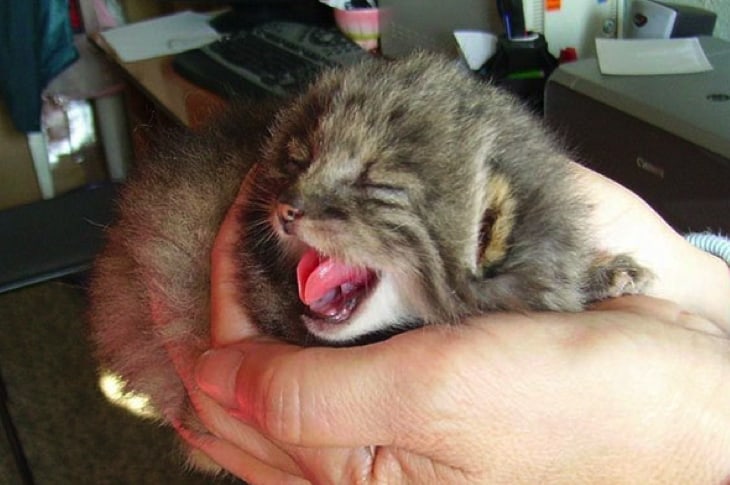
When one unnamed Russian farmer was making his usual rounds, he came across something strange in his barn. A pile of four tiny kittens were huddled together, and when he approached them he realized they were very young; their eyes had not yet opened, meaning they were under one week old and had likely been born within the last couple days.
With their mom nowhere in sight during this crucial time for the kittens, the farmer knew he had to act fast, but he hadn’t taken care of newborn kittens before and, to be honest, he wasn’t even sure if they were domestic cats. To be safe, he called the Daursky Nature Reserve to come check out the babies and determine what breed they were.
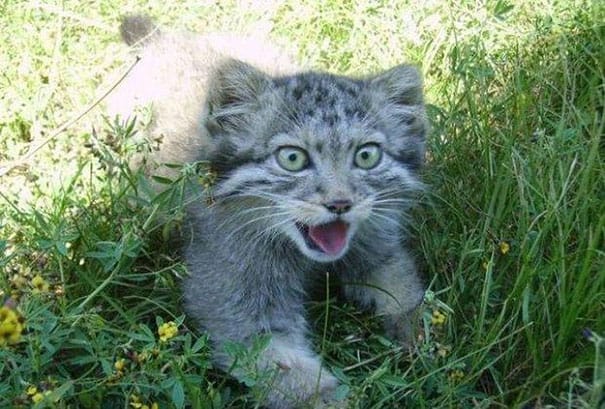
When they arrived, they were shocked to discover that the cats were, indeed, not domestic at all. They were very glad that the farmer had called them because, as it turned out, these cats belonged to a very rare species and were actually native to Central Asia. They were Pallas’s Cats, or manuls, and although they are about the same size as domestic cats, they have very distinctive traits that distinguish them from regular felines.
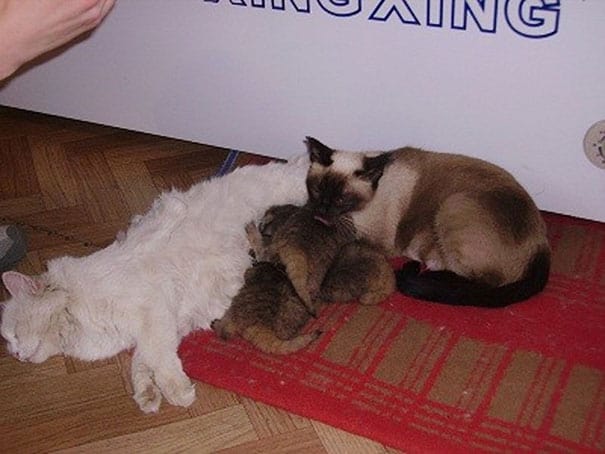
Whether the reserve would be able to take care of these young kittens was unknown, as they had to see if two cats they had at the reserve would care for them. Fortunately, the mama cats embraced these orphaned kittens as part of their litter and nursed them to health.
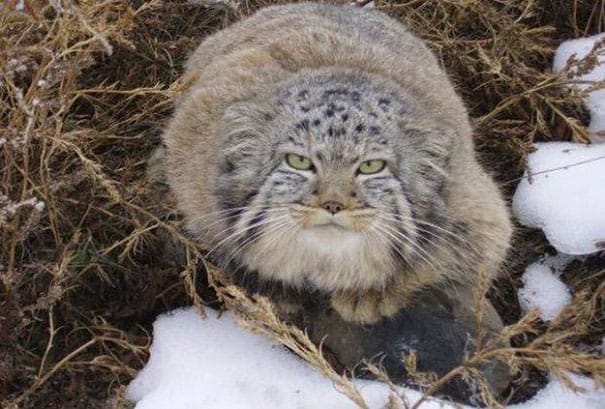
Manuls are extremely rare; before the 1970s, only two sightings had been recorded and they were first photographed recently in 2008. They are solitary and spend much of their time in caves, rocks, and burrows, often stalking or ambushing their prey which ensures that they are relatively hidden at all times. They are a protected species almost everywhere that they are found, so when this farmer came across them, it was important that every measure possible was taken to ensure their survival.
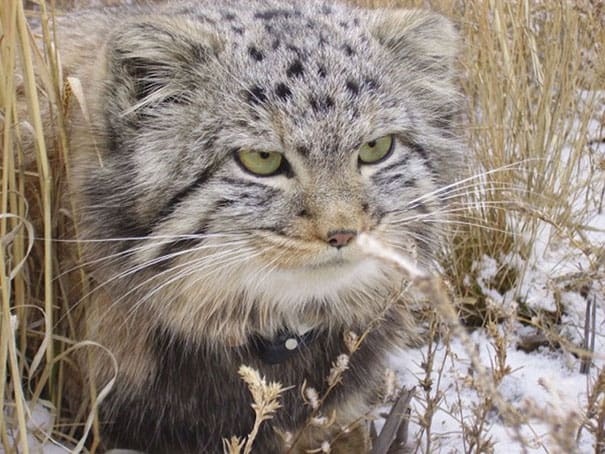
Though the staff at the reserve fell in love with the kittens, they were determined to release them back into the wild. The first attempt was less than successful, as the cats lost their radio collars that were used to track their progress, although they did lose quite a bit of weight. Staff took the cats back in for the rest of the winter to put new collars on and then re-released them in spring when it would be easier to survive. The cats are now thriving in the wild, where they belong.
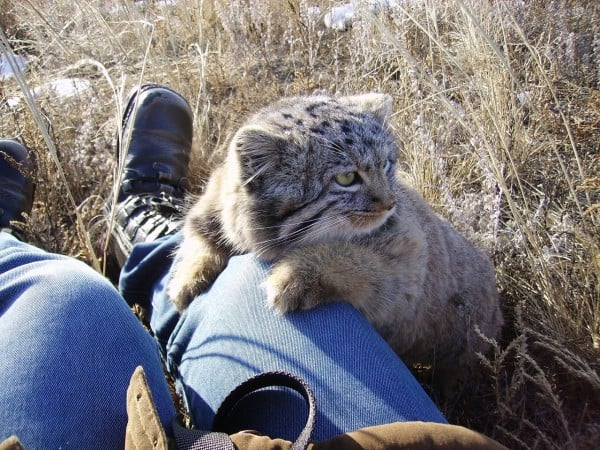
Creative Commons / True Activist / Report a typo


